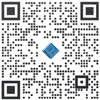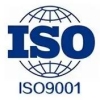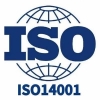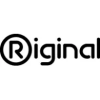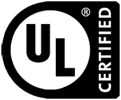How does the robot vision and hearing integrate the perceptual operating system
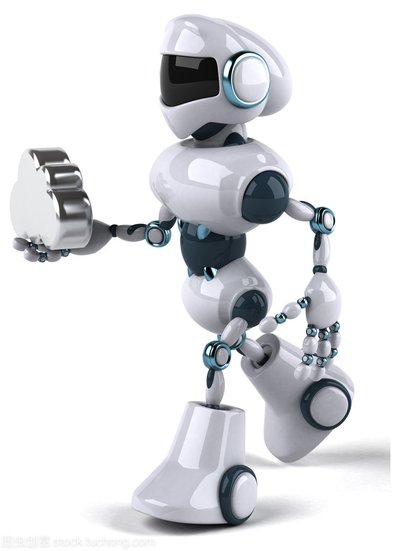
With the continuous development of artificial intelligence technology, the application scope of robot is becoming more and more extensive, and the perception technology of robot is becoming more and more mature. Vision and hearing are two important aspects in robot perception technology. Vision helps the robot recognize the environment and objects around it, while hearing helps the robot perceive sound and speech information around it. It is one of the important problems in the field of robot research that how to integrate the vision and hearing technology of robot to form a complete perceptual operating system.
I. Robot vision technology
Robot vision technology mainly involves image processing, computer vision and so on. The robot can obtain the surrounding environment and object information through vision technology, achieve target recognition, path planning, obstacle avoidance and other functions.
1. Target recognition
Robot target recognition refers to the recognition and classification of targets in the surrounding environment. Targets can be objects, people, animals, etc. The robot obtains the image information through the vision sensor, processes and analyzes the image, extracts the features of the target region, and identifies and classifies the target according to the features. Target recognition technology can be applied to autonomous navigation, visual tracking, intelligent security and other fields of robots.
2. Path planning
Path planning of the robot is to plan a suitable path according to the target position and the current position of the robot, so that the robot can reach the target position according to the path. Path planning requires robots to have the ability to perceive and understand the surrounding environment, obtain the information of the surrounding environment through visual technology, model and analyze the environment, and plan an appropriate path for the robot.
3. Avoid obstacles
Robot obstacle avoidance refers to avoid collision with obstacles in the process of moving, to ensure the safety of the robot. The robot can obtain the information of the surrounding environment through vision technology, identify and classify the obstacles in the environment, and plan an obstacle avoidance path according to the position and shape of the obstacles, so that the robot can safely pass through the obstacles.
II. Robot Hearing technology
The robot auditory technology mainly involves the acquisition, processing and analysis of sound signal. The robot can sense the surrounding sound and speech information through auditory technology, and realize sound source location, speech recognition and other functions.
1. Sound source positioning
The localization of the sound source of the robot is to determine the location and direction of the sound source through auditory technology. The robot collects ambient sound information through sound sensors such as microphones, processes and analyzes the sound, and determines the location and direction of the sound source. The localization technology of sound source can be applied to the fields of robot speech interaction and environment monitoring.
2. Speech recognition
Speech recognition of robots refers to the conversion of speech information into text or commands through auditory technology. Through microphone and other sound sensors, the robot collects the surrounding voice information, processes and analyzes the voice, converts the voice into text or instructions, and realizes voice interaction with humans.
III. Integration of robot visual and auditory technologies
Robot visual and auditory technologies can be integrated to achieve a more intelligent perceptual operating system.
1. Voice navigation
The robot can realize intelligent navigation function by voice navigation. The user tells the robot the target location through voice commands, and the robot converts the voice commands into text commands through voice recognition technology. According to the text instructions, the robot plans an appropriate path, and tracks the path through vision technology, finally reaching the target location.
2. Voice control
The robot can realize more intelligent control function by voice control. The user tells the robot the tasks to be performed through voice commands, and the robot converts the voice commands into control commands through speech recognition technology, and performs related tasks through visual technology.
3. Voice interaction
Robots can realize intelligent interaction with humans through voice interaction. The user talks with the robot through voice, and the robot converts the voice into text commands through speech recognition technology, according to which the corresponding answers or tasks are performed.
IV. Design of robot sensing operating system
The perceptive operating system of robot needs the ability of visual and auditory technology integration. The following aspects should be considered in the design of perceptive operating system:
1. Selection of perception sensor
The robot's sensory sensors include cameras, microphones and so on. When designing the sensing operating system, it is necessary to select the appropriate sensing sensor according to the task requirements.
2. Design of information fusion algorithm
The visual and auditory information of the robot needs to be fused to realize more intelligent perceptual operation. When designing perceptual operating system, it is necessary to consider the design of information fusion algorithm to realize the fusion processing of visual and auditory information.
3. Design of intelligent control system
The sensing operation of the robot needs to be combined with the control system to achieve autonomous navigation, obstacle avoidance and other functions. In the design of sensing operating system, it is necessary to consider the design of intelligent control system to achieve seamless connection between sensing system and control system.
In a word, the integration of visual and auditory technology of robots will bring more intelligent experience to the application of robots, and the design of sensory operating system will also become an important direction of robot research.
The Products You May Be Interested In
 |
3844 | 4X4 MATRIX KEYPAD | 7164 More on Order |
 |
4189 | YELLOW LED ILLUMINATED TRIANGLE | 7128 More on Order |
 |
3429 | SWITCH PUSH SPST-NO WHT 10MA 5V | 6456 More on Order |
 |
3432 | SWITCH PUSH SPST-NO BLU 10MA 5V | 6924 More on Order |
 |
161 | PHOTO CELL (CDS PHOTORESISTOR) | 22776 More on Order |
 |
985 | MAXSONAR RANGEFINDER HRLV--EZ4 | 2052 More on Order |
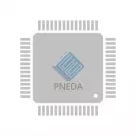 |
4007 | ULTRASONIC DISTANCE SENSOR - 3V | 344 More on Order |
 |
414 | ELECTROLUMINESC PNL 20X15CM AQUA | 8100 More on Order |
 |
587 | WIRE STARTER PK EL RED 2.5M-8.2' | 2754 More on Order |
 |
1379 | ADDRESS LED DISCRETE SERIAL RGB | 8082 More on Order |
 |
2954 | ADDRESS LED STRIP SERIAL RGB 5M | 3454 More on Order |
 |
1911 | ADDRESS LED 14 SEG I2C RED | 5238 More on Order |
 |
2157 | ADDRESS LED 14 SEG I2C WHITE | 6840 More on Order |
 |
2846 | ADDRESS LED STRIP SERIAL RGBW 1M | 6948 More on Order |
 |
2761 | ADDRESS LED DISCR SER RGBW 1=10 | 7284 More on Order |
 |
3341 | ADDRESS LED DISCRETE SERIAL RGB | 27300 More on Order |
 |
2524 | 3W-9W RGB LED - COMMON ANODE | 5238 More on Order |
 |
3866 | FLEXIBLE SILICONE NEON-LIKE LED | 8280 More on Order |
 |
1933 | 7"" TFT DISPLAY 800 X 480 | 2394 More on Order |
 |
1774 | 2.8 TFT DISPLAY WITH RESISTIVE T | 3258 More on Order |
 |
3787 | 1.54"" 240X240 WIDE ANGLE TFT LCD | 8280 More on Order |
 |
1751 | DISPL RETINA IPAD3/4 LG LP097QX1 | 5076 More on Order |
 |
4042 | DIFFUSED RED AND GREEN INDICATOR | 5759 More on Order |
 |
1820 | LED MATRIX 8X8 SQUARE GREEN | 2268 More on Order |
